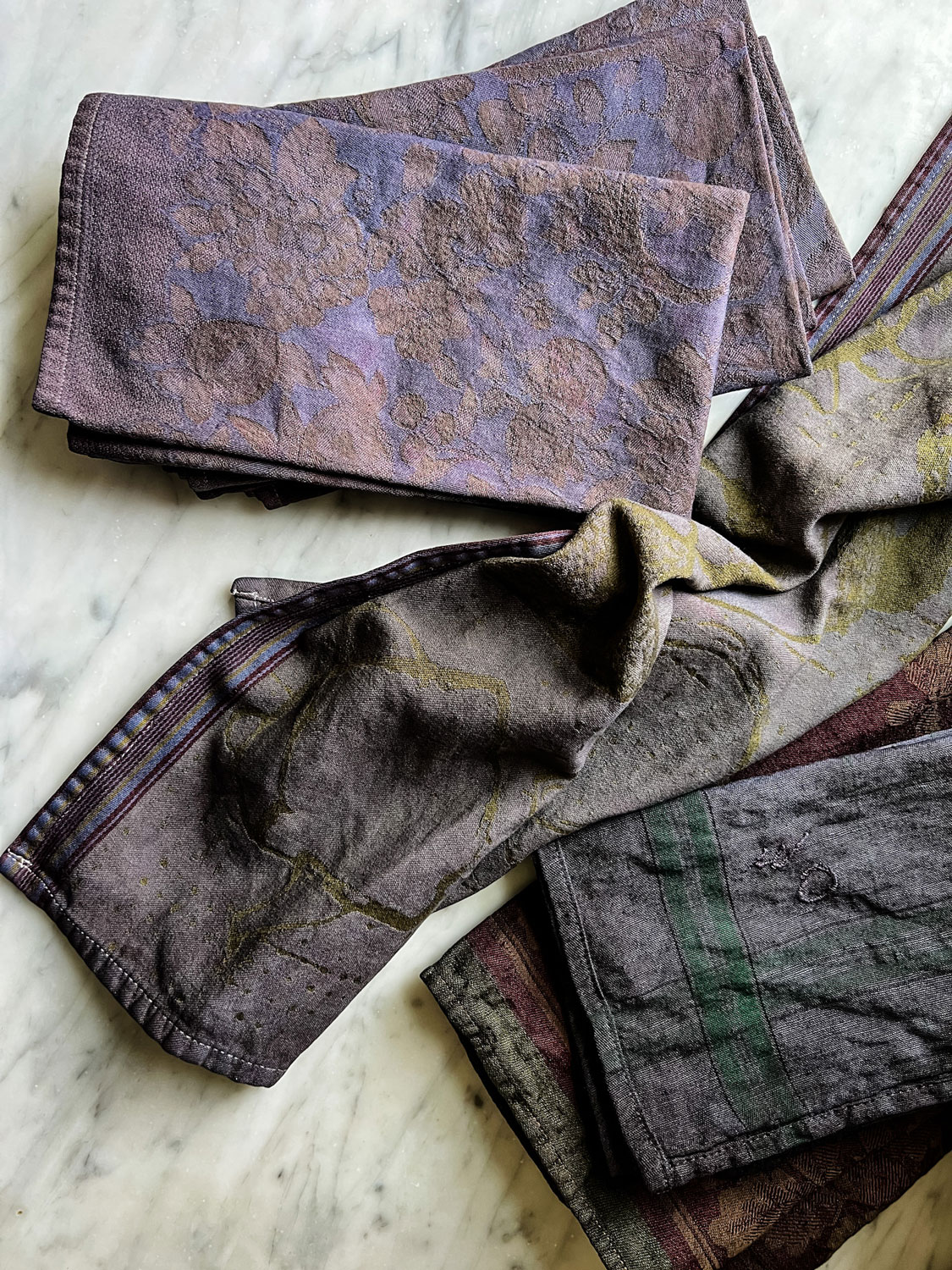Introduction: Embracing Colorful Creativity
Transforming mundane fabrics into vibrant works of art has never been more achievable than with DIY fabric dyeing. This at-home endeavor invites you to explore the depths of your creativity, turning everyday textiles into personalized masterpieces. Whether you’re seeking to revamp old clothes, add a pop of color to your home decor, or simply embark on a new hobby, mastering the art of fabric dyeing opens doors to endless possibilities. This comprehensive guide will equip you with the knowledge and techniques to dye fabric like a pro, ensuring stunning results every time.
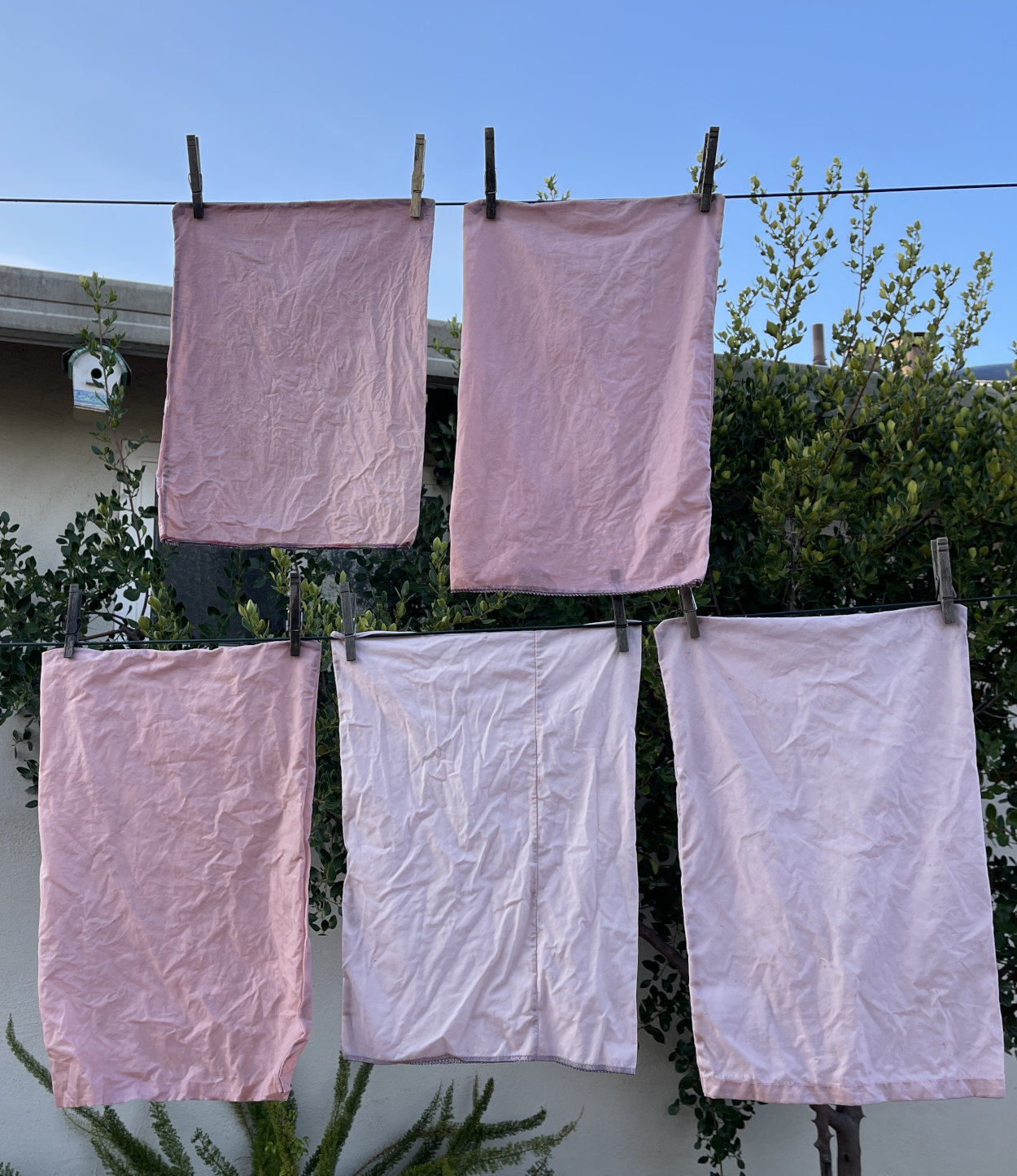
Choosing the Right Fabric: The Foundation of Success
The first step in your dyeing journey is selecting a suitable fabric. Natural fibers such as cotton, linen, silk, and wool take dye beautifully due to their porous nature, allowing colors to penetrate deeply and evenly. Synthetic fabrics like polyester and nylon, however, resist dye uptake, making them less ideal unless using specialized dyes formulated for synthetics. Always pre-wash your fabric to remove any finishes that might interfere with dye absorption and to minimize the risk of uneven coloring.
Dye Selection: A World of Colorful Options
The heart of any dye project lies in choosing the perfect hue. Traditional options include fiber-reactive dyes for cellulose fibers (cotton, linen) and acid dyes for protein fibers (silk, wool). These offer superior colorfastness and versatility. For a more eco-friendly approach, consider natural dyes derived from plants, fruits, and vegetables, although they often yield softer, less intense shades. Powder, liquid, and even ice dyeing techniques cater to various preferences and effects, so research each type to align with your vision.
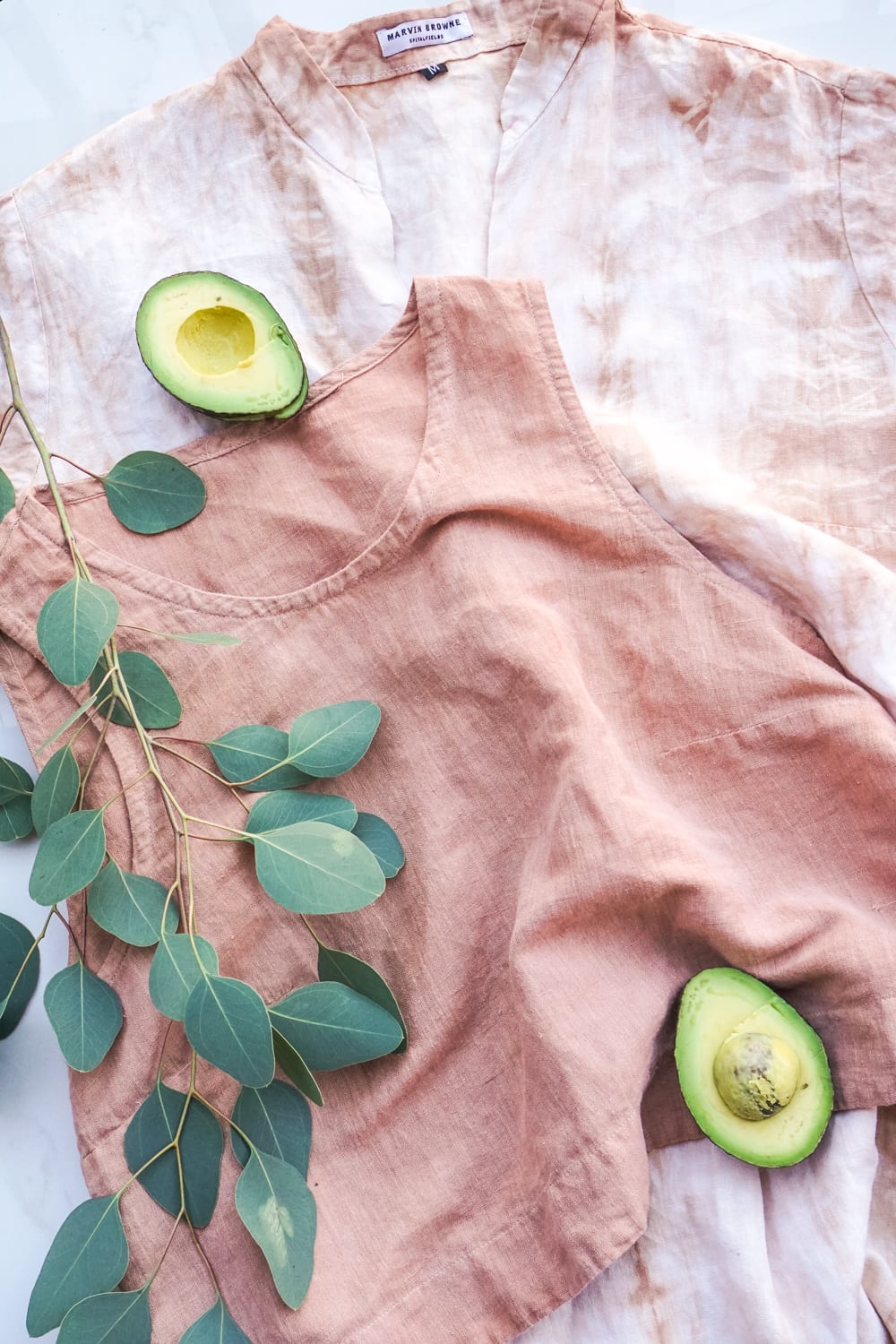
Preparation Station: Setting Up for Success
A well-prepared workspace is essential. Cover your work area with plastic sheets or newspapers to protect against spills. Gather your materials: dye, gloves, a large stainless steel or plastic container for dyeing, a stirring tool, a measuring cup, salt or vinegar (depending on the fabric and dye type), and a rinse bucket filled with water. Ensure proper ventilation and wear old clothes or an apron to avoid accidental staining.
The Art of Mixing: Precision for Perfect Pigment
Accurate measurement is key when mixing dyes. Follow the manufacturer’s instructions carefully, adjusting the amount of dye powder or liquid according to the weight of your fabric and desired depth of color. Some dyes require the addition of fixatives like salt or vinegar to enhance colorfastness. Mix the dye thoroughly in hot water until fully dissolved, creating a uniform dye bath ready to transform your fabric.
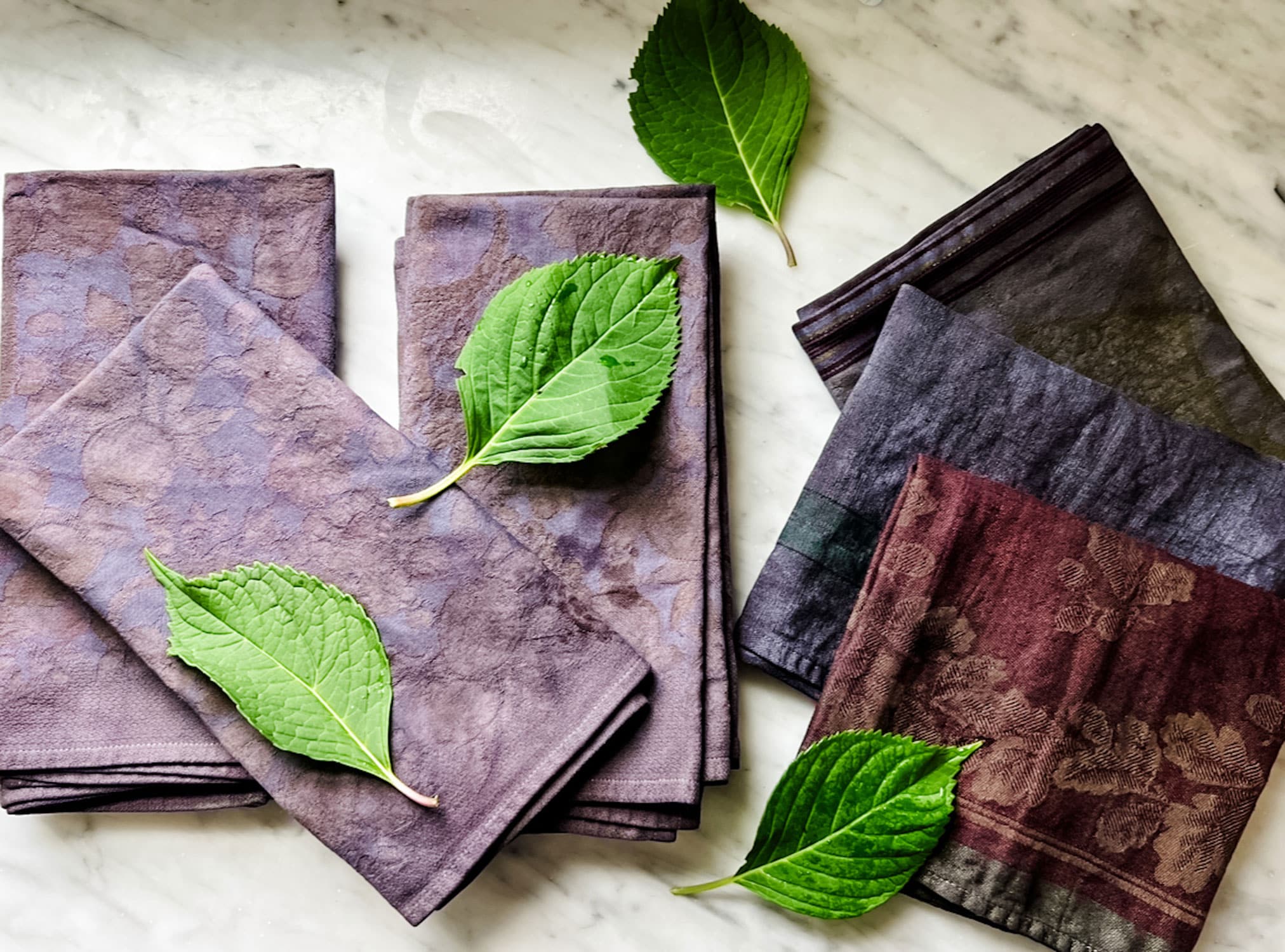
Dipping and Dyeing: Techniques for Masterful Results
Submerging your fabric into the dye bath marks the transformative stage. Agitate gently to ensure even coverage, paying extra attention to folds and crevices. Techniques like tie-dye, ombre, and shibori can be employed for unique patterns and effects. Timing is crucial; the longer the fabric soaks, the deeper the color. Regularly check the progress, keeping in mind that the final shade will appear lighter once dried.
Rinsing and Revealing: Unlocking the True Hue
Once satisfied with the color, carefully remove the fabric from the dye bath and rinse under cold running water until the water runs clear. This process removes excess dye, preventing color bleeding in future washes. Gradually transition to warm water to help set the dye. Avoid twisting or wringing the fabric to prevent distortion.
Finishing Touches: Locking in the Color
To enhance color permanence, a post-dye rinse with a fixative solution is advisable. For cellulose fibers, a vinegar rinse works wonders; for protein fibers, use a salt solution. Follow this by a final rinse with mild soap to remove any remaining chemicals. Gently squeeze out excess water and lay the fabric flat to dry, avoiding direct sunlight to prevent fading.
Troubleshooting Tips: Overcoming Common Challenges
Despite meticulous preparation, challenges may arise. Uneven dyeing could result from insufficient agitation or fabric bunching. Re-dyeing targeted areas or embracing the ‘imperfect’ look can salvage such projects. Color bleeding in subsequent washes signals inadequate rinsing; repeat the rinsing process until no more color leaches out. Remember, practice makes perfect, and every mishap is a learning opportunity.
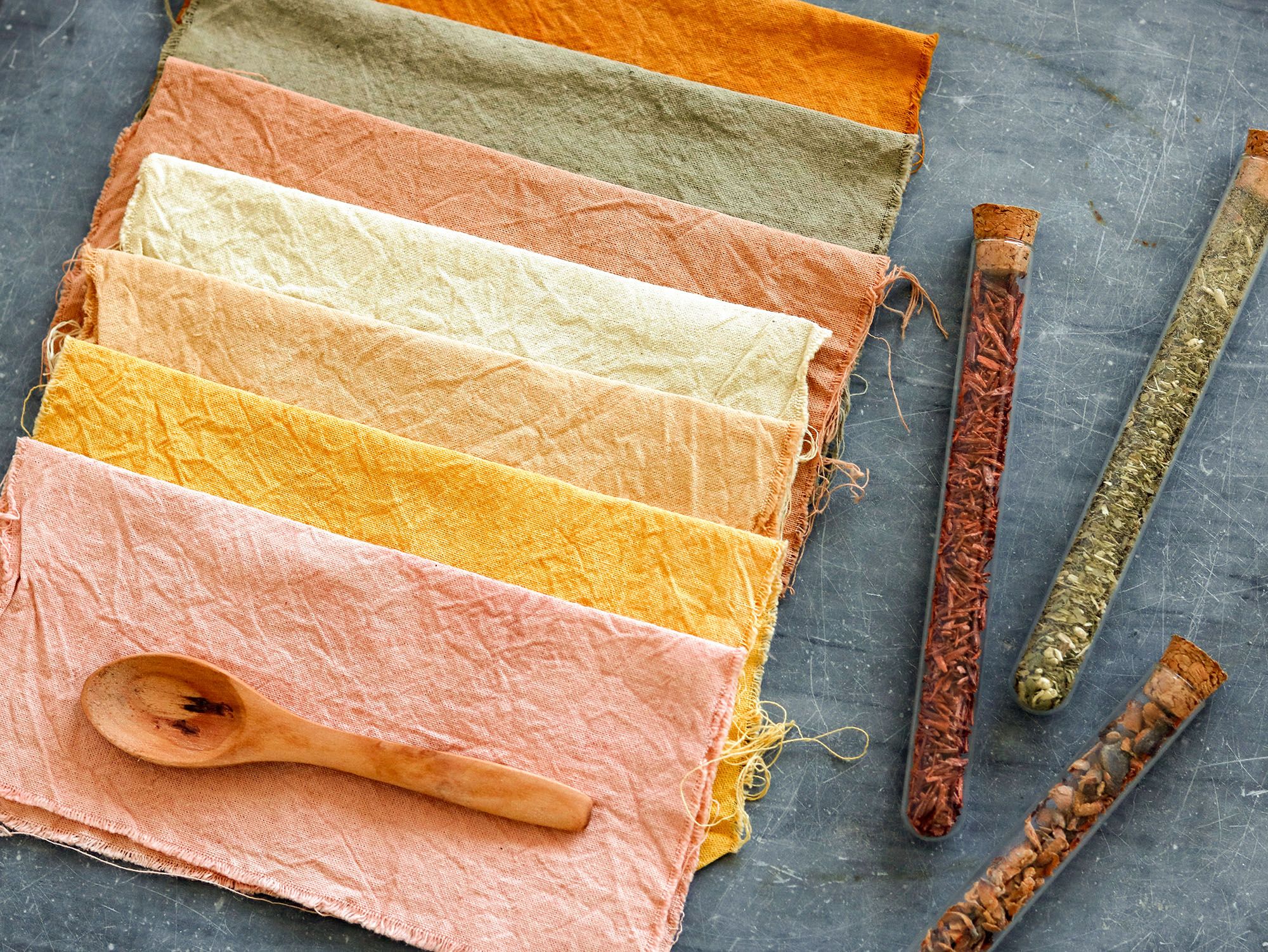
Exploring Advanced Techniques: Elevating Your Craft
As you gain confidence, venture into advanced dyeing techniques like ice dyeing for a marbled effect, or gradient dyeing for smooth color transitions. Experimenting with different folding, binding, or clamping methods in shibori can yield intricate designs. Combining natural dyes with mordants (agents that alter the final color) adds another layer of complexity and beauty to your creations.
Embracing Natural Dyes: Sustainability Meets Artistry
For those seeking an eco-friendly approach, natural dyes derived from plants, fruits, and even insects offer a sustainable alternative. These dyes not only reduce environmental impact but also impart a unique, organic quality to your fabrics. Popular natural dye sources include madder root for reds, indigo for blues, and onion skins for warm yellows and oranges.
When working with natural dyes, the process often involves creating a dye bath by simmering plant material in water. Some dyes require a mordant to improve colorfastness and alter the hue. For instance, using aluminum as a mordant with madder root can shift the resulting red towards a richer, cooler tone.
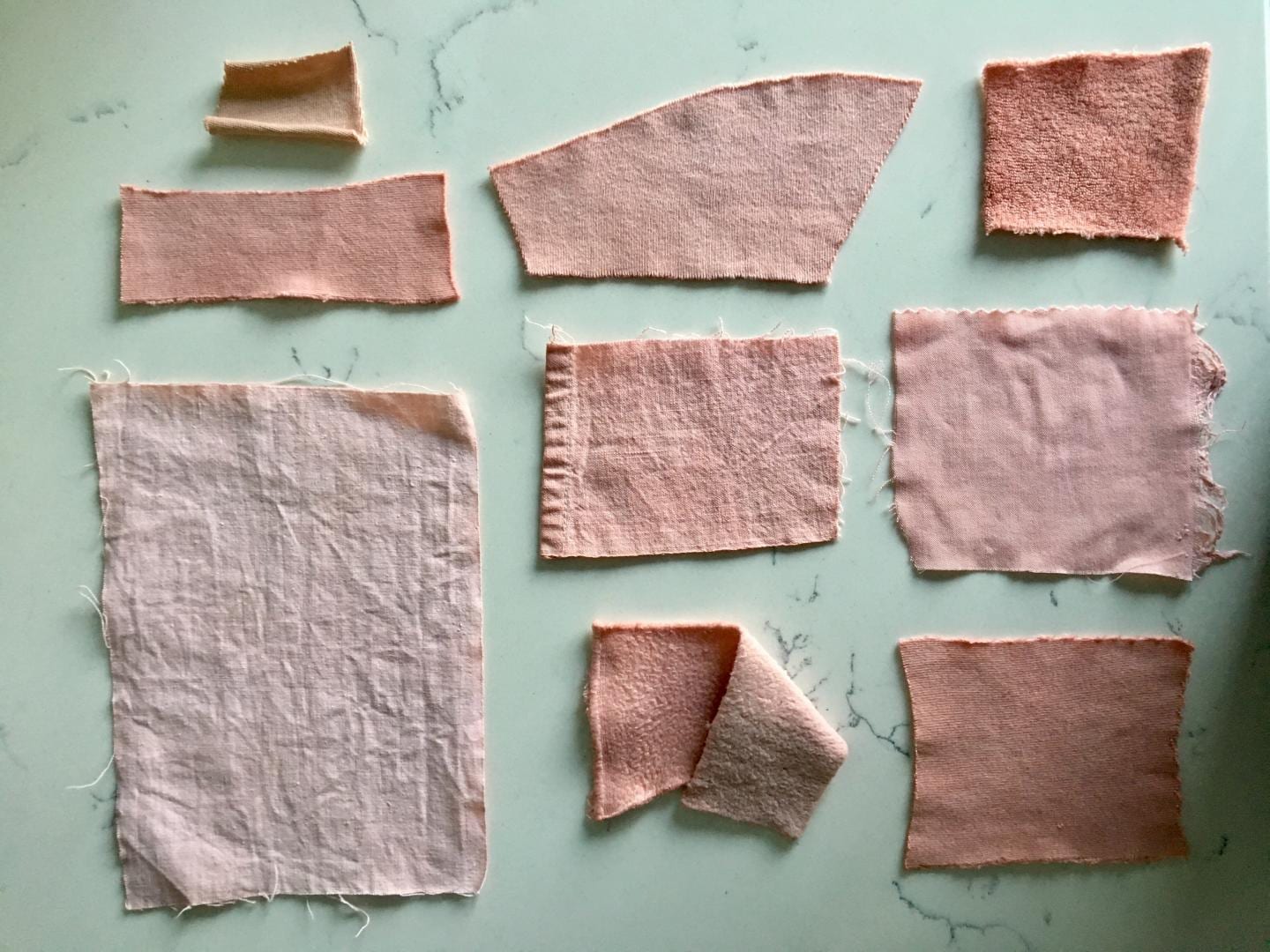
Solar Dyeing: Harnessing the Sun’s Energy
Solar dyeing is a fascinating technique that utilizes the sun’s energy to extract colors from natural materials slowly. It’s a low-energy method that involves placing your fabric and dye materials in a transparent container, covering it, and leaving it in a sunny spot for days or even weeks. This slow extraction process results in subtle, nuanced shades and is particularly suited for creating delicate, ethereal effects.
Conclusion: Celebrating Your Dyed Creations
DIY fabric dyeing is a fulfilling craft that merges creativity with practicality, offering a cost-effective way to refresh wardrobes and homes. With each successful project, you’ll refine your skills and deepen your understanding of color theory and fabric behavior. Embrace the joy of transforming ordinary materials into extraordinary pieces that reflect your unique style and artistic flair. So, roll up your sleeves, don your gloves, and dive into the colorful world of fabric dyeing – the possibilities are as boundless as your imagination.





